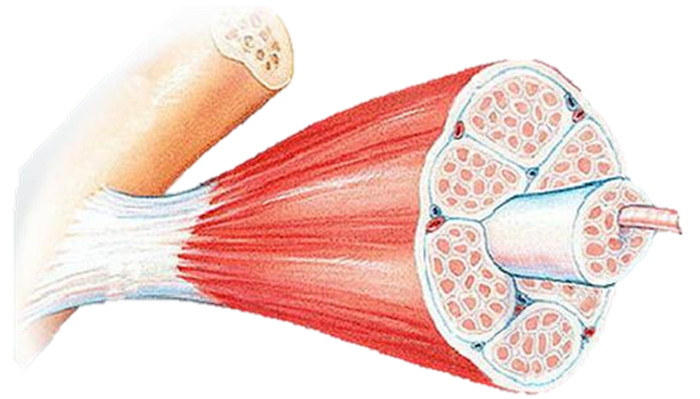A proximal hamstring tendinopathy is a pathology of the high hamstring tendon where it attaches to the ischial tuberosity (sit bone of the buttock).
Anatomy

A tendon’s role is to attach muscle to bone.
Tendons are designed to take compressive and tensile loads.
A normal tendon is made up of a fibrous tissue containing highly organised type one collagen. You can imagine the structure of the tendon looking like a rope.Within the tendon there are specific cells called tenocytes and tenoblasts, which are responsible for looking after the tendon structure.
Tendons do receive blood supply, however this supply is less at the point where the tendon attaches onto the bone. Consequently, this is commonly where a tendinopathy will occur.
Symptoms
Symptoms can include;
Deep buttock pain with prolonged sitting, driving, running, that may radiate down the back of the thighmorning stiffness felt deep
in the buttock and extending down to the back of the thigh
pain and stiffness with initiation
of activity, but as the tendon warms up, the pain will settle. After activity there is often more pain which can be delayed for
up to 48 hours
Causes
To keep it simple, tendons do not like sudden changes. A sudden change in load through the tendon causes adverse changes to the tendon.When there is too much load through the tendon that exceeds its ability to recover, the structure of the tendon changes and becomes pathological. When the tendon is unhappy the collagen becomes dis-oraganised and unfavourable changes occur to the cellular and neurovascular components.
Intrinsic Factors
Increasing age (middle aged +40 )
Auto-immune disorder (such as diabetes Type 1 and 2)
Extrinsic Factors
Obesity
Training errors and unaccustomed loads: such as a sudden introduction of hill running, deeper lunges at the gym, or a sudden increase in running distance.
Decreased gluteus maximus strength and bulk. The gluteal muscles act like a cushion under the hamstring tendon to protect it from compressive loads.
Treatment
Early stages:
Icing regularly through the day
Stop stretching your hamstring as this compresses/squashes the tendon
Sit as little as possible, use a cushion under your buttock to relieve pressure on the tendon
Physical therapy to mobilise tight structures and promote tissue healing using massage,
Isometric exercises 2-3 x week especially if still painful
Rehabilitation:
Load modification. Manage muscle imbalances in weakness and flexibility through exercises.
Strengthen the core, pelvis and gluteus (buttock) muscles
Neural mobilisation stretches
Eccentric strengthening in latter stages of rehabilitation.
Hamstring injuries can be stubborn and take anywhere from 6 weeks to 9 months to fully recover. Prevent the injury by:
1. Strengthening your hamstrings, back, gluteus muscles and core – they work together stabilising your pelvis and pushing power through your legs when you run
2. Good flexibility and neural mobility
3. Regular massage to maintain healthy tissue and pick up any tight niggles early
4. Compression tights during or after running to aid blood flow and recovery
5. Treat underlying back problems through physical therapy will help you avoid hamstring injury.
6. Eccentric strengthening is proven effective in injury recovery and prevention. These are advanced exercises that may need some initial guidance and should only be done 2-3 x week
7. Warm up before a run
8. Graduate training load and intensity increases.
